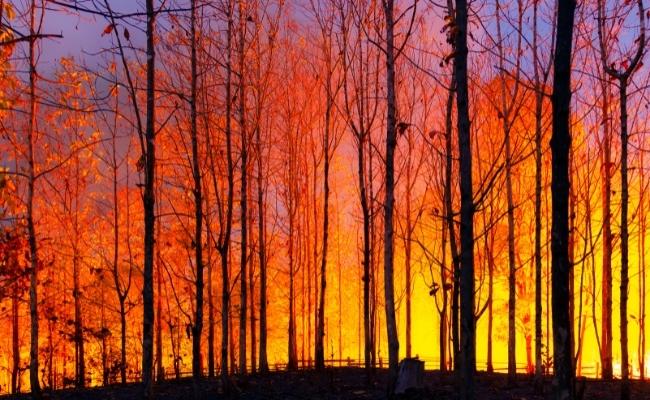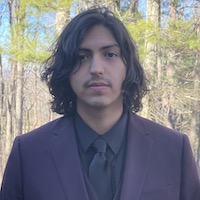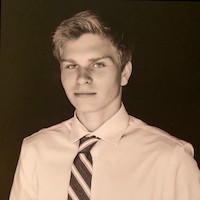 A team of Vanderbilt undergraduate engineering students took the second spot in a national Jump into STEM challenge to develop holistic solutions that improve the resilience of the built environment.
A team of Vanderbilt undergraduate engineering students took the second spot in a national Jump into STEM challenge to develop holistic solutions that improve the resilience of the built environment.

The students—Francisco Diaz-Rodriguez, Jillian Flynn, Alex Holzke, and Ethan Rand—proposed a self-powered system to detect wildfires, especially in rural communities that do not have access to the networks and resources available in more populated areas.
The Vanderbilt team competed in the “Resilience for All in the Wake of Disaster” challenge and was runner-up behind the University of Utah. The resilience category, one of three challenges, was “especially competitive,” according to organizers, who awarded three honorable mentions as well.
The Jump into STEM Challenge is an online building science competition designed to attract undergraduate and graduate students to the field. It is sponsored by national labs that include Oak Ridge National Laboratory and the National Renewable Energy Laboratory.

The students developed the wildfire detection plan and submitted it to the Jump into STEM challenge as part of Lori Troxel’s Sustainable Design course last fall. Troxel, professor of the practice of civil and environmental engineering, poses a different design problem to the class each year, and students work in teams to devise a solution. Past projects have included ways to handle construction waste more sustainably and ways to reduce food waste on campus. The student projects helped lay the groundwork for Vanderbilt’s Zero Waste initiative and reductions in waste at campus dining.
“An important aspect of sustainability is resilience,” Troxel said. “Students designed solutions that would make communities resilient to climate disasters in a way that is equitable for all community members. This team did an outstanding job of using their engineering background to develop a unique solution.”

Holzke, a junior in civil engineering, plans to pursue a career in site design. Diaz-Rodriguez, a sophomore in civil engineering, is interested in becoming an environmental engineer with a focus on fighting environmental racism. Flynn is a junior in civil engineering with a focus on transportation. Rand is a sophomore in engineering sciences who plans to pursue a career in financial services.
Finding a way to power temperature and carbon monoxide sensors without using lithium-ion batteries was a top priority to make the system more resilient as well as affordable, Holzke said.
“We wanted to mitigate the risk of fires and explosions from compromised batteries and the contamination hazard they present to the natural environment,” he said.

The team proposed a self-sustaining generator that uses the triboelectric effect, a type of contact electrification that takes place when certain materials become electrically charged after they are separated from a different material with which they were in contact. Everyday static electricity is one example.
“The sensors would be able to detect a fire within a 400 square meter area,” the team said. “We plan to have them ‘installed’ in the trees of forests so the sensors are on the same level that a fire would start and spread,” allowing for faster detection than expensive, satellite-based technologies.
Additionally, such a system would be an infrastructure investment by local, regional, state, and federal authorities and not a direct cost to property owners in fire-prone areas, Holzke said.
Still, the useful range of the sensors would require tens of thousands of them across 3 million acres, roughly the amount of land destroyed by wildfires in California in 2021.
The team did not build its design but did research the potential market; come up with three solutions to evaluate, selecting one; and identify barriers and prospective partners; as well as conduct a cost-benefit analysis. From The Wond’ry, Deanna Meador, director of entrepreneurship, and Charleson Bell, BE’07, MS’09, PhD’15, director of biomedical innovation, biodesign, and I-Corps, helped the team develop a technology to market plan.
Media contact
Pamela Coyle
School of Engineering